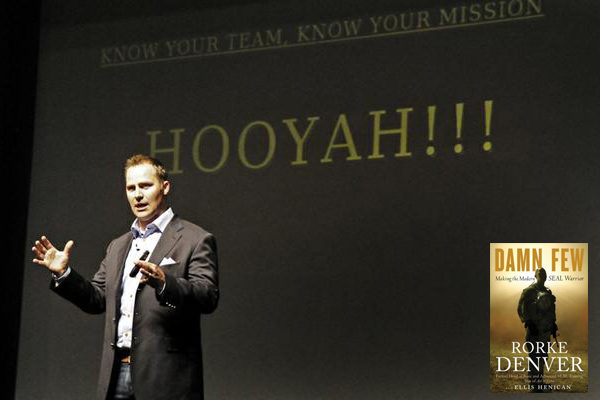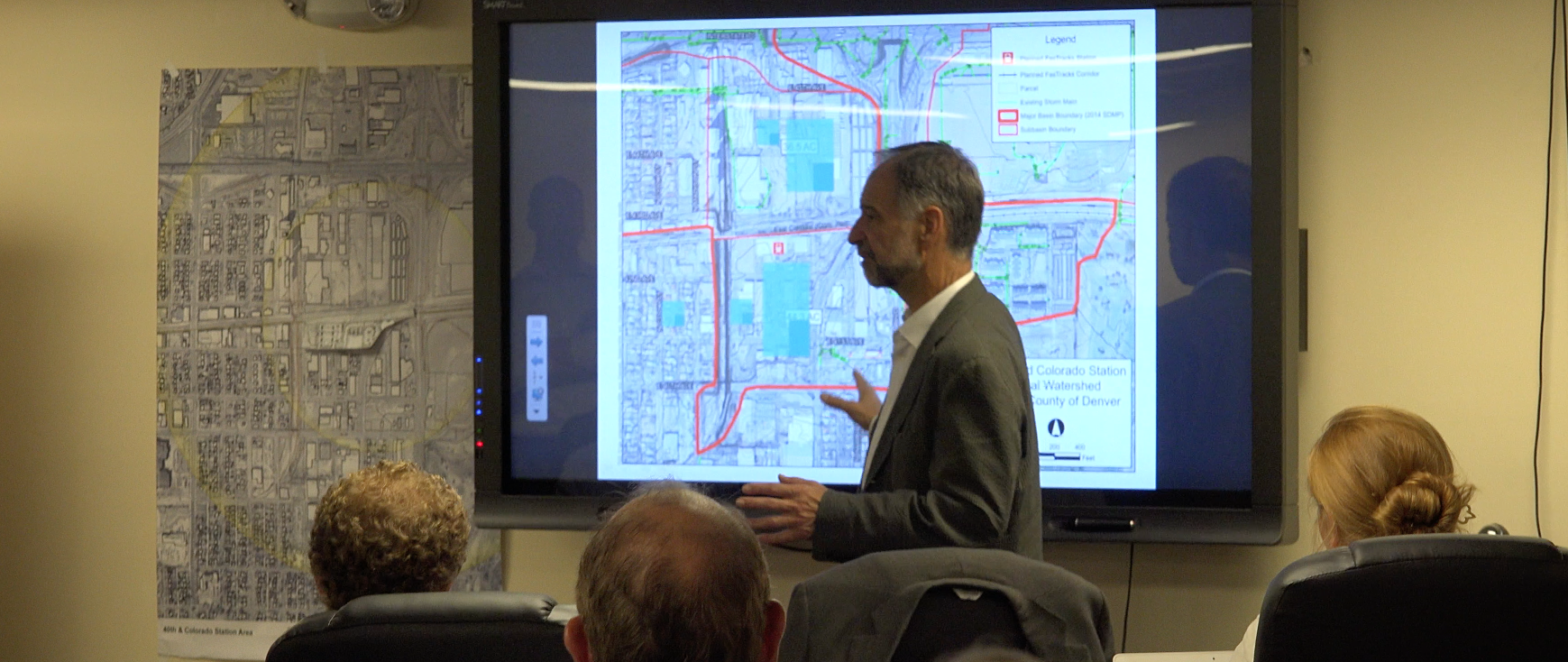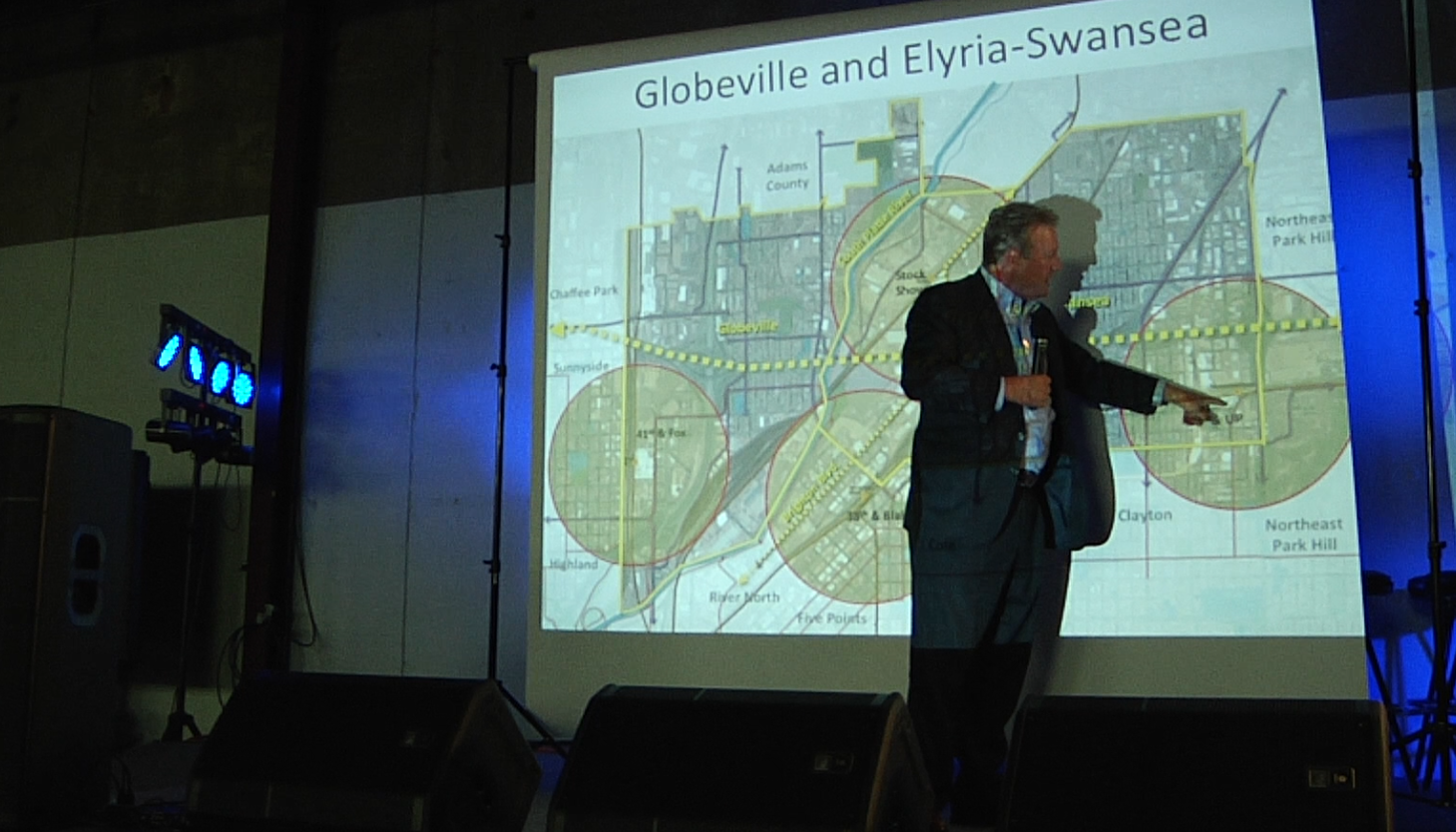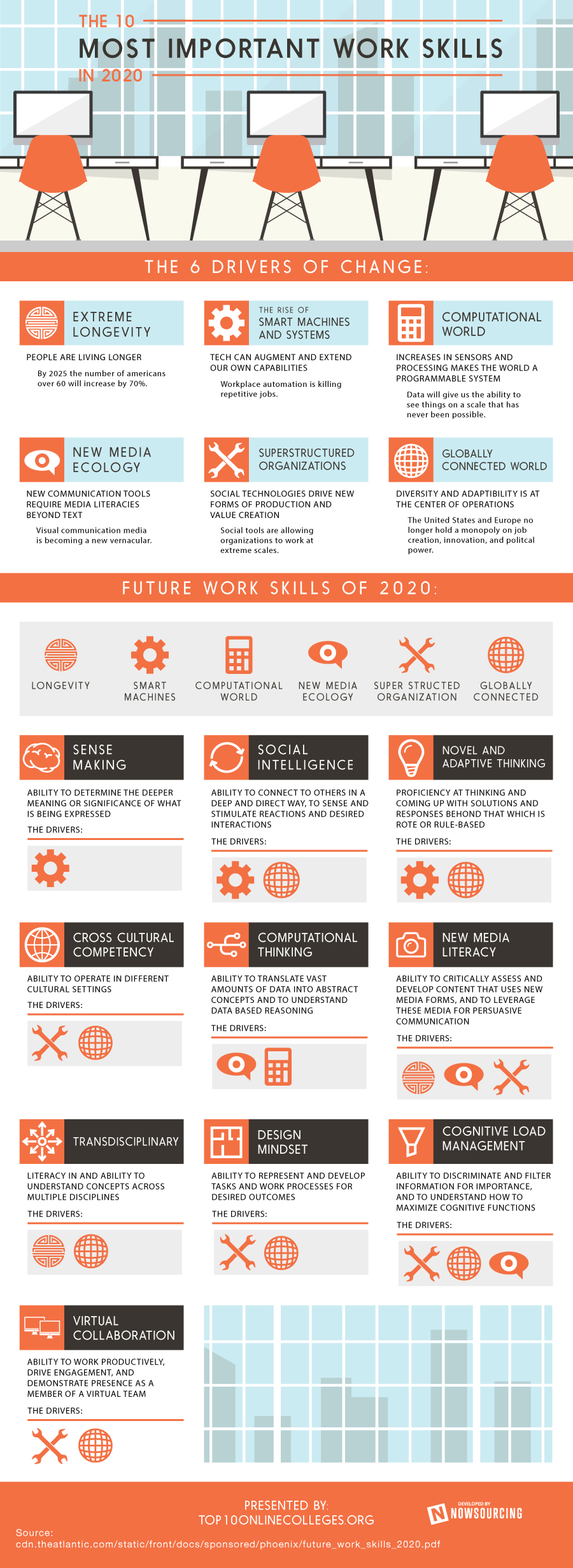CMDR Rorke Denver
Navy SEAL Commander & Author
By Leadercast
Commander Rorke T. Denver has run every phase of training for the U.S. Navy SEALs and led special-forces missions in the Middle East, Africa, Latin America and other international hot spots. He starred in the hit film Act of Valor, which is based on true SEAL adventures. His NY Times Bestseller, Damn Few: Making the Modern SEAL Warrior, takes you inside his personal story and the fascinating, demanding SEAL training program he oversaw. Some people are born to lead. Rorke Denver is one of those people. Throughout his 13-year career as a platoon commander and training leader with the Navy SEALS, he constantly found himself leading in the face of danger. Denver led more than 190 combat missions and never lost a member of his team. His amazing leadership and bravery led to him running all phases of U.S. Navy SEAL training. Rorke communicates about leadership with unparalleled passion and intensity, rooted in his desire to see everyone lead to the best of their ability.
Biography
by CAA Speakers
Commander Rorke T. Denver has run every phase of training for the U.S. Navy SEALs and led special-forces missions in the Middle East, Africa, Latin America and other international hot spots. He starred in the hit film Act of Valor, which is based on true SEAL adventures. His first book, Damn Few: Making the Modern SEAL Warrior, takes you inside his personal story and the fascinating, demanding SEAL training program he now oversees.
After completing the SEALs’ legendary Basic Underwater Demolition program in 1999 (BUD/S Class 224), Denver began an action-filled 13-year career as a platoon commander and training leader with America’s premier special-operations force. As assistant officer in charge of BRAVO Platoon at SEAL Team THREE, he was deployed to SOUTCOM, the Central and South American Area of Operations, where his platoon was the “alert” SEAL team for maritime interdiction, hostage rescue, counter-insurgency and counter-narcotics. As SEAL officer aboard the USS Bonhomme Richard, Denver led his group’s response to a murderous uprising in the Ivory Coast nation of Liberia, launching advanced-force operations, conducting hydrographic beach reconnaissance and helping to get U.S. Marines safely ashore. At Special Boat Team TWELVE, he started the Maritime Capable Air Deployable Boat Detachment, which specialized in parachuting large assault boats from U.S. aircraft.
In 2006, Denver was officer in charge of BRAVO Platoon of SEAL Team THREE in Iraq’s Al Anbar Province in one of the most combat-heavy deployments of any regular SEAL team since Vietnam. Stationed in Habbaniya, his team conducted more than 190 missions including sniper operations, direct assaults, special reconnaissance and ground patrols. Two of his teammates were killed in action, including Mike Monsoor, who received the Medal of Honor for jumping on a live grenade to save his teammates. Denver’s team has been widely credited with propelling the “Tribal Awakening” that helped to neutralize Iraq’s Shia insurgency. Denver was awarded the Bronze Star with “V” for valorous action in combat.
After returning to the United States, Denver was appointed flag lieutenant to Admiral Joseph Maguire, commanding officer of Naval Special Warfare, traveling to Afghanistan and briefing Congress on SEAL operations. In 2009, he became First Phase officer of SEAL Basic Training including Hell Week, then rose to Basic Training officer. He went on to run all phases of training including advanced sniper, hand-to-hand fighting, communications, diving and language.
Denver is an honor graduate of the United States Army Ranger School. He holds a Bachelor of Arts degree from Syracuse University, where he was an All-American lacrosse player and captain of the varsity lacrosse team. He earned a Master’s Degree in Global Business Leadership from the University of San Diego. He lives with his wife and two young daughters in Colorado. In his off-duty hours, he enjoys surfing, hunting, fly-fishing, reading and playing on the living-room floor with his amazing girls.































